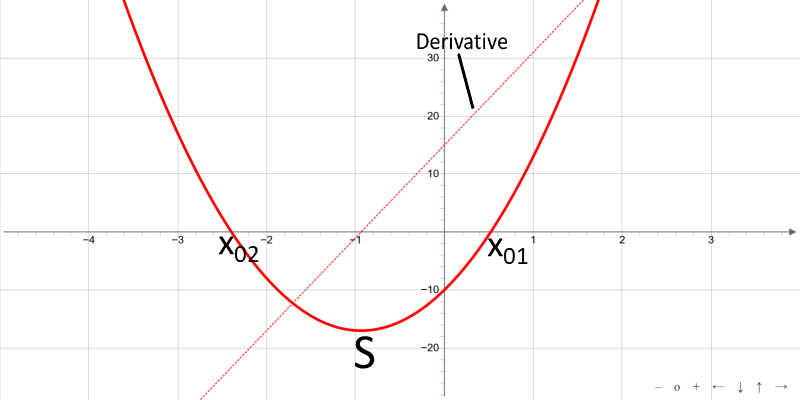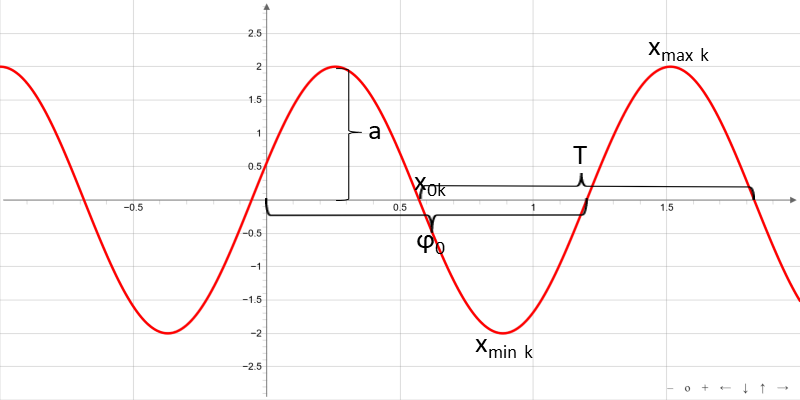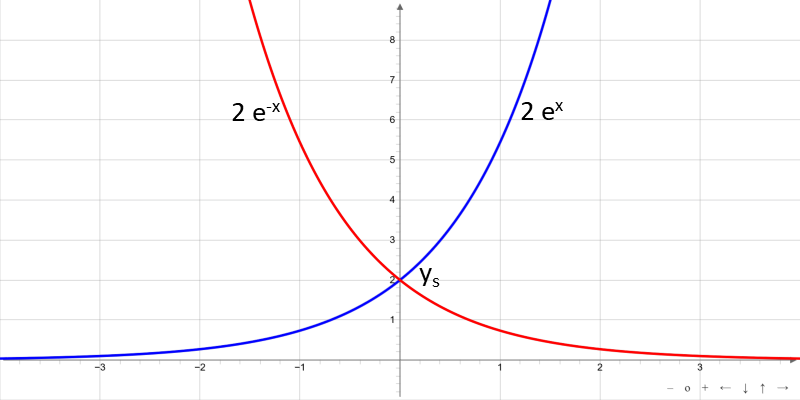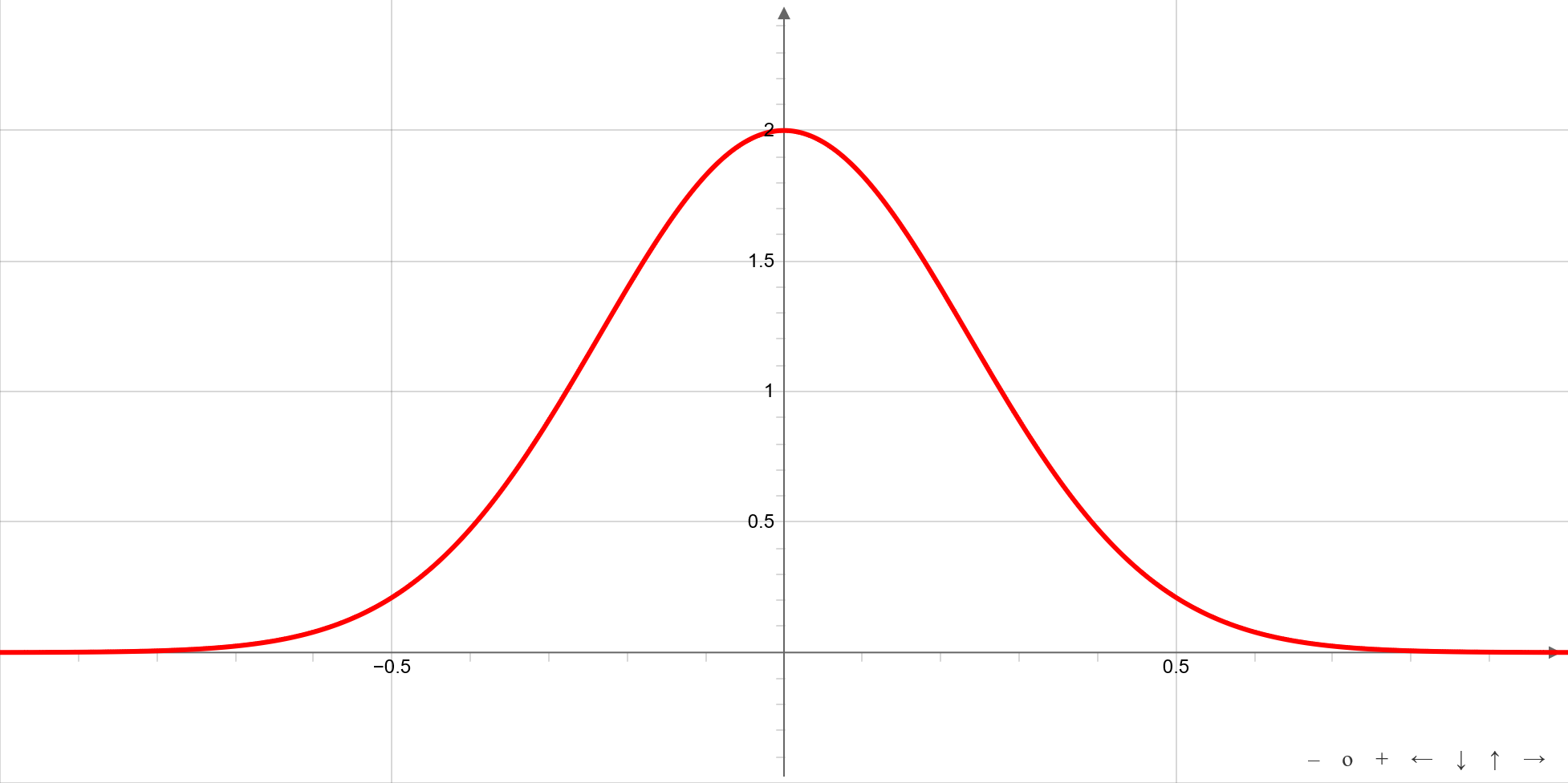Basic Functions
Functions
Basic functions are real-valued functions of a real variable. Basic functions can be represented by an analytical expression. At the elementary functions include rational functions, trigonometric functions, exponential and logarithmic functions and their inverse functions. In general, a function is a mapping between two quantities that accurately assigns to each element of one set is an element of the other.
Definition
A function f assigns to each element of a definition set D exactly one element of the target set Z. The element x ∈ D from the definition set is assigned to the target set element f(x).
Monotonously:
In mathematics, a function or sequence, which is only increasing or constant (i.e. never falling) with increasing function argument, is called monotonously increasing (or monotonously increasing or isotonous). Accordingly a function or sequence is called monotonously falling (antitonous), if it only becomes smaller or remains constant. If the values of the function or the elements of the sequence do not change anywhere, it is called constant. Strictly monotonously increasing (resp. strictly monotonously decreasing) are functions or sequences, which only become larger (smaller), but are nowhere constant.
Continuously:
A function is called continuously, if sufficiently small changes of the argument(s) result in arbitrary small changes of the function-value. This means especially, that there are no jumps in the function values.
Restricted:
A function is called restricted if the function values f(x) do not exceed an upper or lower limit. I.e., if f(x) ≤ M is valid for all real numbers x, then the function f is limited upwards. If M is the smallest number to which this applies, then M is the upper limit with respect to the function f. The analogous definition applies to the lower bound. If f(x) is greater than m for all x, then m is the lower bound.
Linear Function

Properties
Linear functions are rational integral functions. They grow monotonically for a > 0 and fall monotonically for a < 0. The graph of a linear function is a straight line.
The linear function crosses the x-axis at x0
The linear function crosses the y-axis at y0
The slope m linear function is the parameter a.
Quadratic Function

Properties
Quadratic functions are rational integral functions of second degree. The graph of a quadratic function is a parabola that opens upward or downward. For a > 0, the parabola opens upward, for a < 0 downward.
Roots
with
Vertex S
Derivative f′
Product representation
Sine function

Properties
For a = b = 1 and c = 0, the ordinary sine function f (x) = sin (x) is available. It is a periodic function with period 2 π and the value range -1 ≤ f (x) ≤ 1.
The general sine function is shown by an affine transformation from the ordinary sine function. Stretching by a factor a in the direction of the y-axis, with the elongation factor 1 / b in the x-axis followed by parallel displacement in the direction of the x-axis to c / b.
Often, the parameters of the general sine function are named as follows:
here A denotes the amplitude, ω is the angular frequency and φ0, the phase shift.
Many processes in nature and technology that reflect the character of oscillations, can be described by the general sine function.
If the variable of the general sine function is the time t then it is called a harmonic oscillation
with the phase shift φ0, the amplitude A, the period T = 2 π / ω and the frequency f = 1 / T.
Exponential function exp(x)

Properties
The exponential function is defined for all real numbers. The function has no zeros and no extremes. The function values are always positive and the function is for b > 0 monotonically increasing and monotonically decreasing for b < 0. The natural exponential function ex is available for b = 1.
The addition theorem applies to the exponential functions:
The Inverse of the Exponential function f(x) = ax is the Logarithm:
In the special case f(x) = ex is the inverse the Logaritm naturalis:
Applications
Description of organic growth with the initial value g0 and growth constant c:
Exponential growth differential equation
Description of a process of decay with m0 initial size and λ the decay constant:
Damped vibration with the damping constant R:
Error function exp(-x2)

Properties
The function is defined for each real value and takes its maximum at x = 0 with y = b. The graph of the function is symmetrical about the y-axis.
Derivative:
Turning points:
Turning point tangents:
Special case
For
the function is the bell curve which describes the probability density of the normal distribution.
Normal distribution (Gaussian distribution)

Properties
The image of the Gaussian distribution is a bell-shaped curve with the maximum and the symetric center at a. The σ parameter defines the spacing of the turning points from symetric center. If σ small, the bell curve is narrow and pointed. For large σ function is flat and wide.
Releated sites
Here is a list of of further useful sites:
Index Trigonometry Curve fit calculator Damped Vibration Plot Sine (sin) Plot Cosine (cos) Plot Tangent (tan) Plot Beat frequencies Plot Normal Distribution Plot